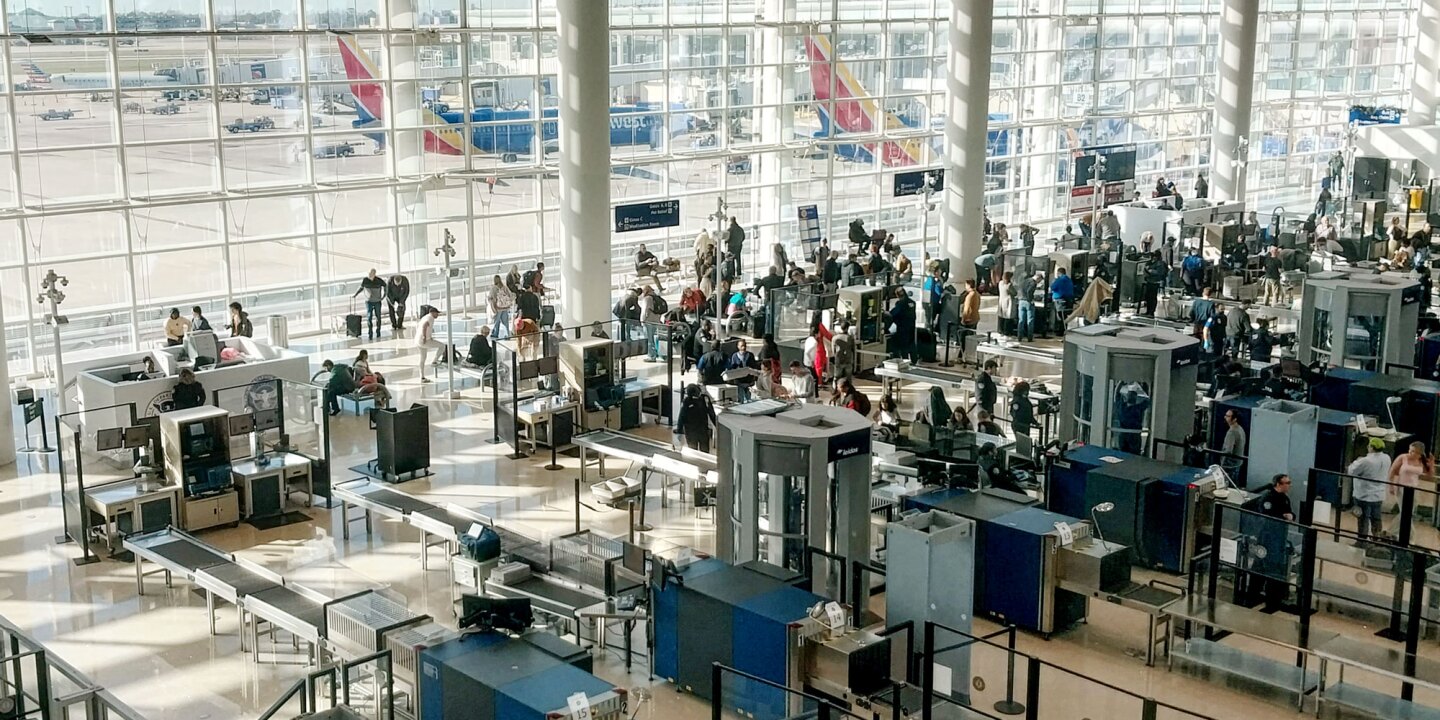On June 4, 2025, President Donald Trump announced a travel ban similar to one of his first term affecting citizens in 12 countries.
In a statement from the White House, Trump justified the travel ban by citing national security concerns, saying his administration specifically targets countries with overreached visas and an inadequate screening system.
“We cannot make open migration from any country that cannot be safely and reliably reviewed and screened,” Trump said via the White House social media channel. “So today I am signing a new executive order that imposes travel restrictions on countries including Yemen, Somalia, Haiti, Libya and many other countries.”
The ban will take effect at 12:01am on Monday, June 9, 2025 and will affect Afghanistan, Myanmar, Chad, the Republic of the Congo, Equatorial Guinea, Eritrea, Haiti, Iran, Libya, Somalia, Sudan and Yemen. Once the ban is in place, citizens of these countries will be banned from entering the United States on both immigrant and non-immigrant visas.
Also, restrictions are increasing for visitors from Burundi, Cuba, Laos, Sierra Leone, Togo, Turkmenistan and Venezuela. From now on, citizens of these countries will not be granted certain types of visas, such as B-1/B-2 (types of tourist and business visas) or F, M, J (types of student and exchange visitor visas). However, while they may be able to apply for other visas, the roads of entry to the US will be severely restricted.
In a video released by the White House, Trump highlighted that the ban aims to protect Americans from potential terrorist threats and individuals who could exploit U.S. immigration law. The administration also pointed to a recent terrorist attack in Boulder, Colorado, which was carried out by Egyptian immigrants and threw gasoline bombs into a gathering of pro-Israel demonstrators.
Human rights groups have criticized the policy as discriminatory, noting that many affected countries are the majority of Muslims and have primarily non-white groups.
Oxfam America President Abby Maxman, an organization that fights inequality with the goal of ending poverty and injustice, told The Associated Press:
Trump added that if authorities in these countries make “material improvements” into the review process, the list of banned countries could change. “Likewise, as threats appear around the world, new countries can be added,” Trump said.
The US State Department has been instructed to suspend visas in countries affected by the restricted categories that came into effect on June 9th. Existing visa holders and green card holders will not be affected, but may face additional screening upon entry. Other individuals who are exempt from these restrictions include double citizenship (you can use an unprohibited passport), diplomats, athletes and coaches in major sporting events (such as the 2026 World Cup and the 2028 Olympics), special immigration visa holders, and individuals involved in adoption.
The move follows an executive order in January 2025 aimed at strengthening security measures directed at foreigners seeking entry into the US, reflecting Trump’s 2017 travel ban, restricting entry from five Muslim majority countries, including Iran, Libya, Somalia, Syria, Yemen and North Korea and Venezuelan citizens. The ban caused chaos at US airports and faced countless legal challenges, but was ultimately upheld by the Supreme Court in 2018. In 2020, Burma, Eritrea, Kyrgyzstan, Nigeria, Tanzania and Sudan were added to the list with their own rules and exceptions.
Former President Joe Biden has revoked the travel ban on his first day in office in 2021 and signed a declaration that “ends discriminatory ban on entry into the United States.” Biden’s declaration states, “The United States is built on the basis of religious freedom and tolerance and principles set out in the US Constitution. Nevertheless, previous administrations have enacted many executive orders and presidential declarations that prevent certain individuals from entering the United States.








